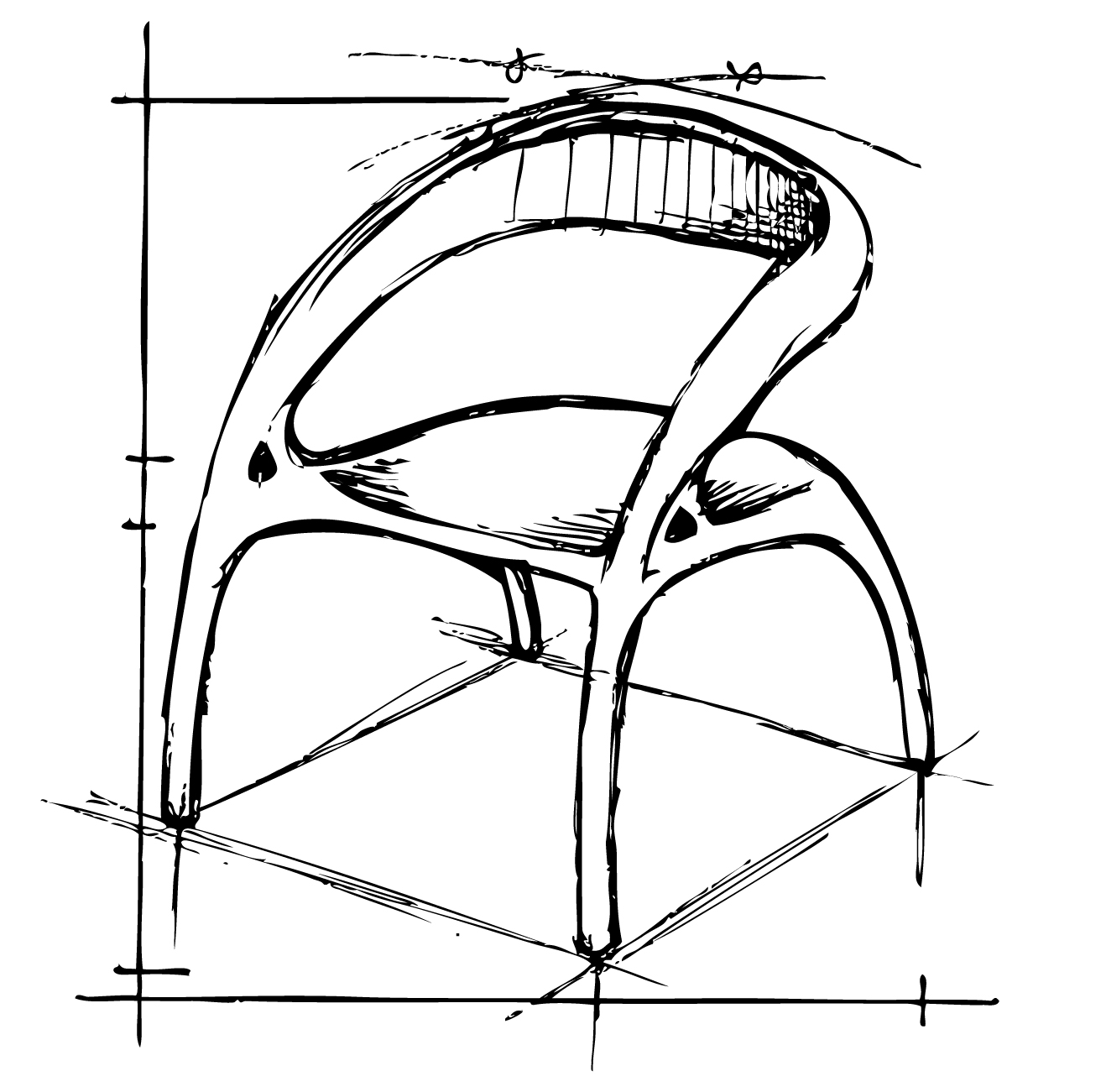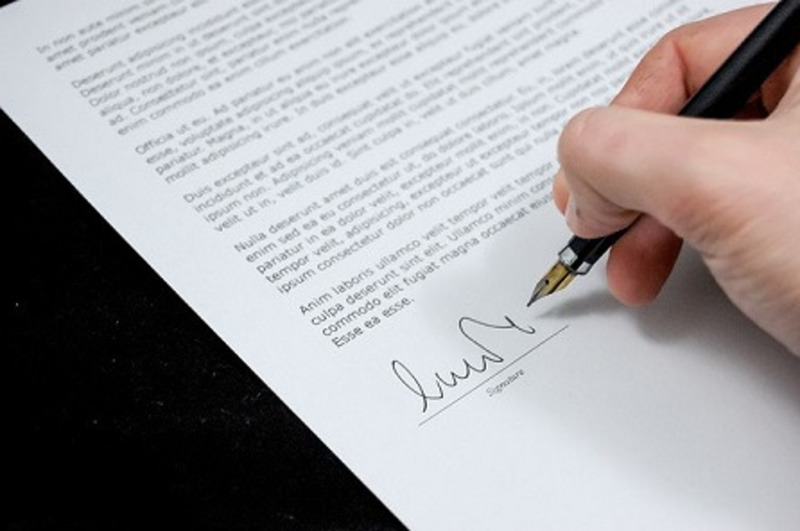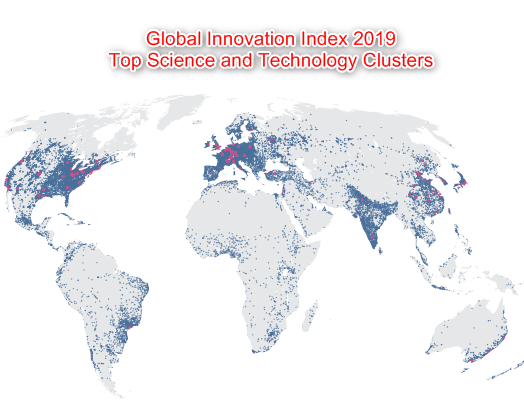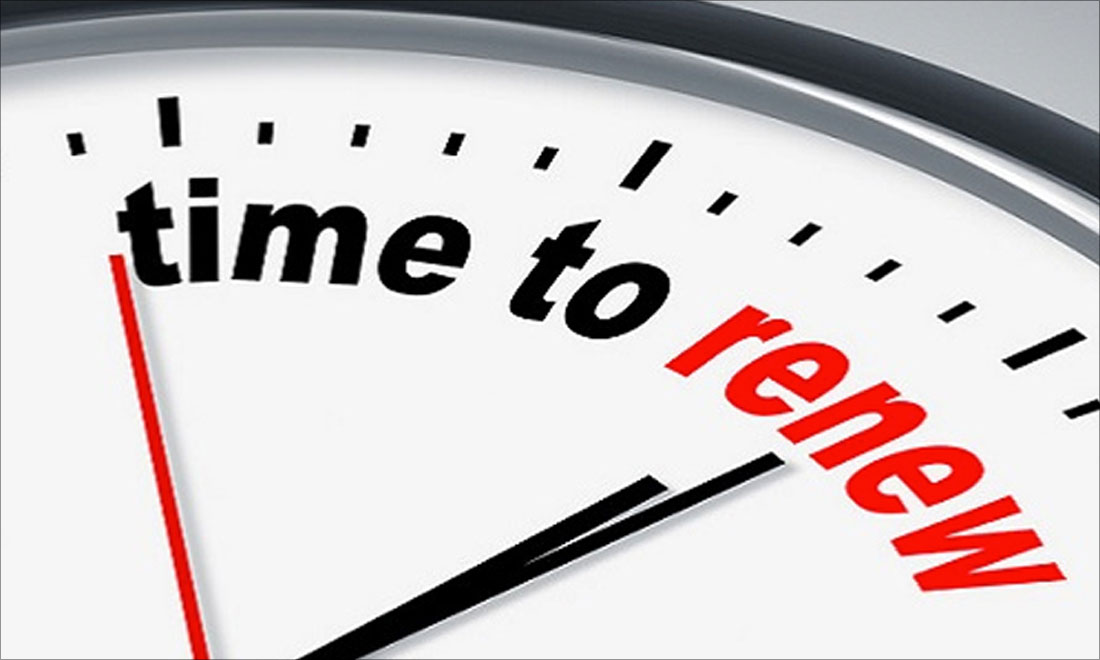
What is the structure of a patent application?
A major facet in the world of intellectual property revolves around one of the most integral building blocks of the protection of inventors’ ideas- the patent application. Applications are made public as a trade off for temporary protection of the ideas contained within the applications themselves.
The structure of a patent application is surprisingly simplistic and follows a road map that is easy to understand (at least, much easier than the content that may be found within the actual applications themselves). Below is a common construct of a patent application:
Title
A name given to your application that describes the core concept of the invention
Cross Reference to Related Applications
An area to include prior applications that may be related to the one presently being filed.
Field of Invention
A small section meant to explain which field of interest the novel idea pertains to.
Background
A section meant to narrow the scope of context for the application being presented. This begins to explain how the idea works within the smaller ecosystem of the functional aspects of the technology.
Summary
This is the area that truly begins to describe the novel idea and its usefulness. This section is where the invention is being explained, and it contains the explanation of how the invention works. The Summary area really is the bulk of an idea and the divulging of the “secret recipe” that makes the application unique.
Description of Drawings
Most applications include figures at the very end. This section describes callouts within the figures and each of the figures themselves, including names of various pieces and their specific functionality.
Claims
The claims are arguably the most important part of the patent application. They are the most scrutinized portion and likely the most read and reviewed. Often times, various jurisdictions will charge for any claims over a certain designated number (for instance, the EPO charges incrementally for each claim over 15). The difficulty is summarizing in a succinct and numbered format what makes your idea novel and useful.
Figures
A bit self-explanatory, the figures are where the drawings which describe an application are located. These figures must be drawn according to specific rules, regulations, and formatting required by each patent office.
There is a bit of artistry involved in the drafting of the application, and various patent agents feel strongly about wording, the purpose of each section, brevity vs. detailed description, and many other facets of a patent application.
SHIP Global IP is here to help after you’ve completed your drafting or even if you have yet to begin the process; our team of internal linguists will help to translate the application for other jurisdictions. Then, our foreign filing specialists help to bring the application all the way through prosecution to grant so that you can obtain rights in the jurisdictions in which you are interested. Please reach out when you get to this stage, we are here to help!












